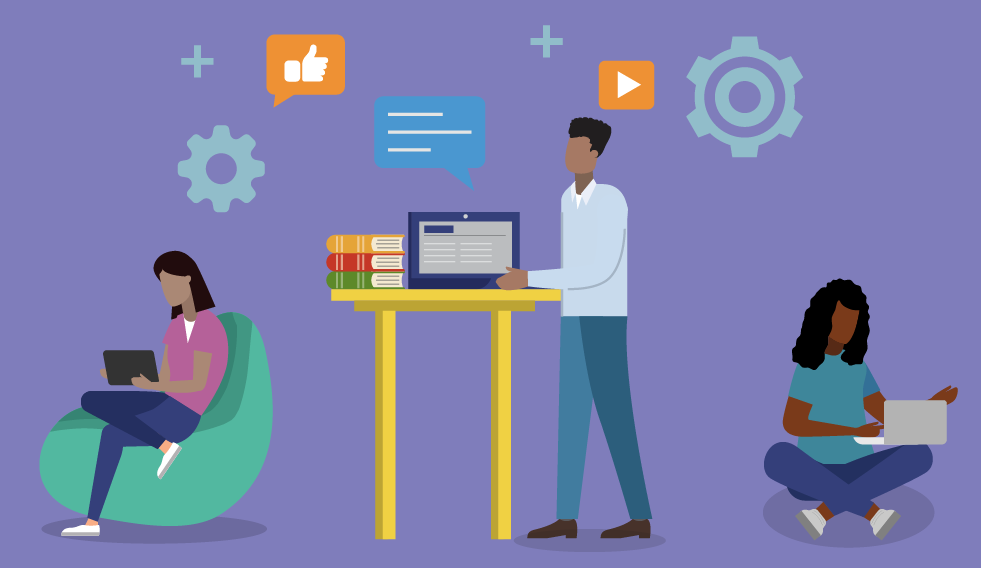 Technology access had the biggest increase in priority in the wake of COVID-19: it ranked as practitioners’ number 34 priority challenge in 2019, and ranks as practitioners’ number four priority challenge in 2020.
Technology access had the biggest increase in priority in the wake of COVID-19: it ranked as practitioners’ number 34 priority challenge in 2019, and ranks as practitioners’ number four priority challenge in 2020.
When school was in session as normal, most districts were able to provide access to devices (including computers and tablets), Wi-Fi connection, and all necessary resources for students to learn with technology while at school. In the context of COVID-19, educators say that many students, families, and even teachers themselves do not have reliable access to adequate devices or high-speed internet connection at home. This lack of access can disrupt, and even prevent, learning when school is taking place remotely.
“One-fourth of my students in rural Arkansas do not have access to the internet at home, and if they do, it’s often on a cell phone with unreliable data access.”
– High school teacher
Many families have a small number of devices that need to be shared among multiple students and parents. For this reason, some students rely on smart phones to connect to their learning. Unfortunately, students struggle to complete meaningful writing tasks on small mobile devices without a full keyboard. Additionally, many of the applications that districts are using are not mobile-friendly, and others use up considerable data. Students need access to devices that will enable them to complete high-quality work.
Unfortunately, many educators report that students and families from historically marginalized groups, including Black and Latinx families, non-native English speakers, and households experiencing poverty, are often the least connected, exacerbating equity gaps.
Some districts are able to offer devices for students to borrow, while others are sending home paper work packets, with the acknowledgement that this wide range of available resources for learning is not equitable.
Many educators describe access as only the first step; while no learning can happen if students aren’t connected, students need ongoing support to use and maintain devices, and to utilize them for interactive and powerful learning opportunities.
“[There is a] huge digital divide between not only having devices and the internet, but successfully utilizing those tools to benefit all learners.”
– Elementary school teacher